Corporate News
Company News
- Fluorocarbon aluminum veneer: an analysis of the charm of the "chameleon" in the construction industry
- Carved aluminum veneer: a perfect fusion of art and technology
- The fashion revolution of aluminum veneer: not just on the surface
- Punched aluminum veneer: the new darling of modern architecture
- Aluminum veneer customization, creating an art of exclusive space
Industry dynamics
- Understand the raw materials of aluminum veneer
- Unique design and production of baking paint carved aluminum veneer
- Surface treatment process and application of aluminum veneer
- Gain a deeper understanding of customized aluminum veneer services
- Carved aluminum veneer: Aluminum art, creating a unique home style
Frequently asked questions
- What are the product characteristics of aluminum veneer?
- What is the processing and manufacturing process of aluminum veneer?
- What safety issues should be paid attention to in the production and manufacturing of aluminum veneer?
- What factors affect the production and sales of aluminum veneer?
- How to improve the product quality and performance of aluminum veneer?
contact us
Mobile:+86 15627778610
Email: 2201229786
Address: No. 5 Binjiang Road, High tech Zone, Zhaoqing City, Guangdong Province
The application of aluminum veneer in the field of photovoltaics
- Author: Supreme Building Materials (Guangdong) Co., Ltd
- Release time: February 26, 2025 12:57:34
- Click:0
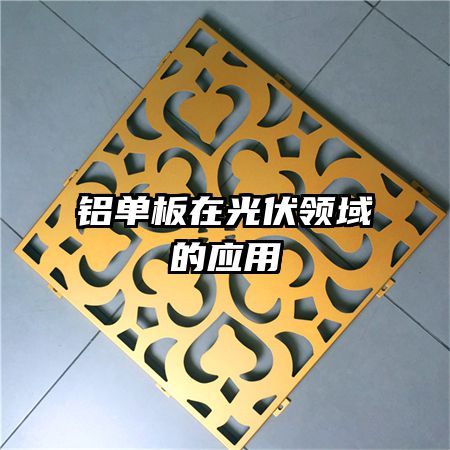
The application of aluminum veneer in the field of photovoltaics
With the continuous development of new energy technologies, solar photovoltaic technology has become one of the important research fields in countries around the world. Aluminum veneer is a relatively new type of building material with advantages such as lightweight, corrosion resistance, fire resistance, and easy processing. In recent years, aluminum veneer has gradually been applied in the field of photovoltaics, providing more possibilities for solar photovoltaic power generation.
1、 Application of Aluminum Veneer in Solar Modules
Aluminum veneers in solar modules are mainly used in support systems and frame structures to support and protect components. Compared to other materials, aluminum veneer has better corrosion resistance and lighter weight, does not corrode like steel, and is not as hard and fragile as glass. In addition, the strength of aluminum veneer is also very high, which can effectively extend the service life while ensuring the stability of solar modules.
2、 The application of aluminum veneer in photovoltaic power plants
In photovoltaic power plants, aluminum veneers are mainly used in structures such as columns and brackets. Compared to other materials, aluminum veneer has excellent corrosion resistance and is not easily damaged even in humid environments, ensuring structural stability. In addition, aluminum veneer material is lightweight and easy to process, which can reduce the weight of photovoltaic power plants and increase the overall installed power of the power plant.
3、 Application of Aluminum Veneer in Solar Water Heater
A solar water heater is a device that uses solar energy to convert light energy into heat energy, with aluminum panels mainly used for the heat dissipation fins and heat absorption walls of solar collectors. Due to its excellent thermal conductivity and heat dissipation, aluminum veneer can effectively improve the thermal efficiency of solar water heaters and also extend their service life.
4、 The application of aluminum veneer in solar powered buildings
With the continuous development of green buildings, solar powered buildings have gradually become an important form of construction. Aluminum veneer, as a building exterior wall material, can provide excellent insulation and fire resistance for solar buildings. In addition, aluminum veneer has good processing performance and can be used to create various shapes and colors of building exterior walls, making solar buildings more aesthetically pleasing.
5、 Summary
Aluminum veneer, as a new type of material, has gradually become one of the important materials in the field of photovoltaics. It has been applied in fields such as solar modules, photovoltaic power stations, solar water heaters, and solar buildings, providing strong support for the development of photovoltaic technology.

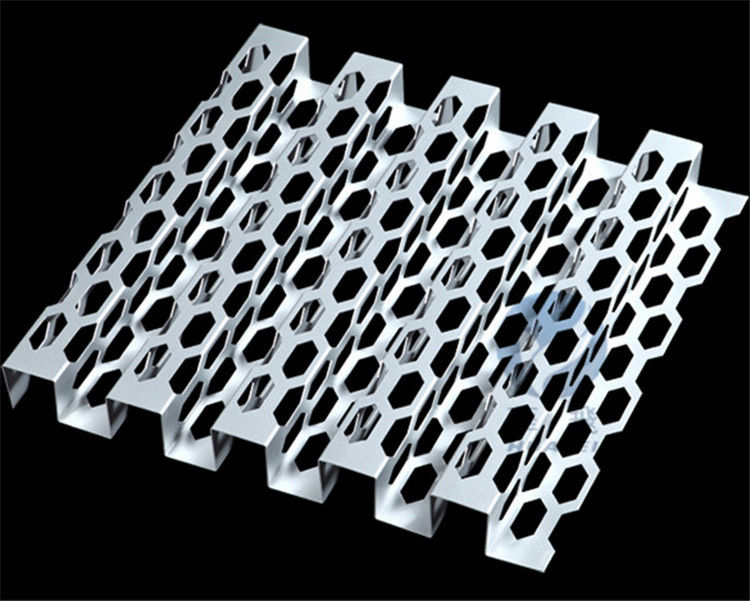
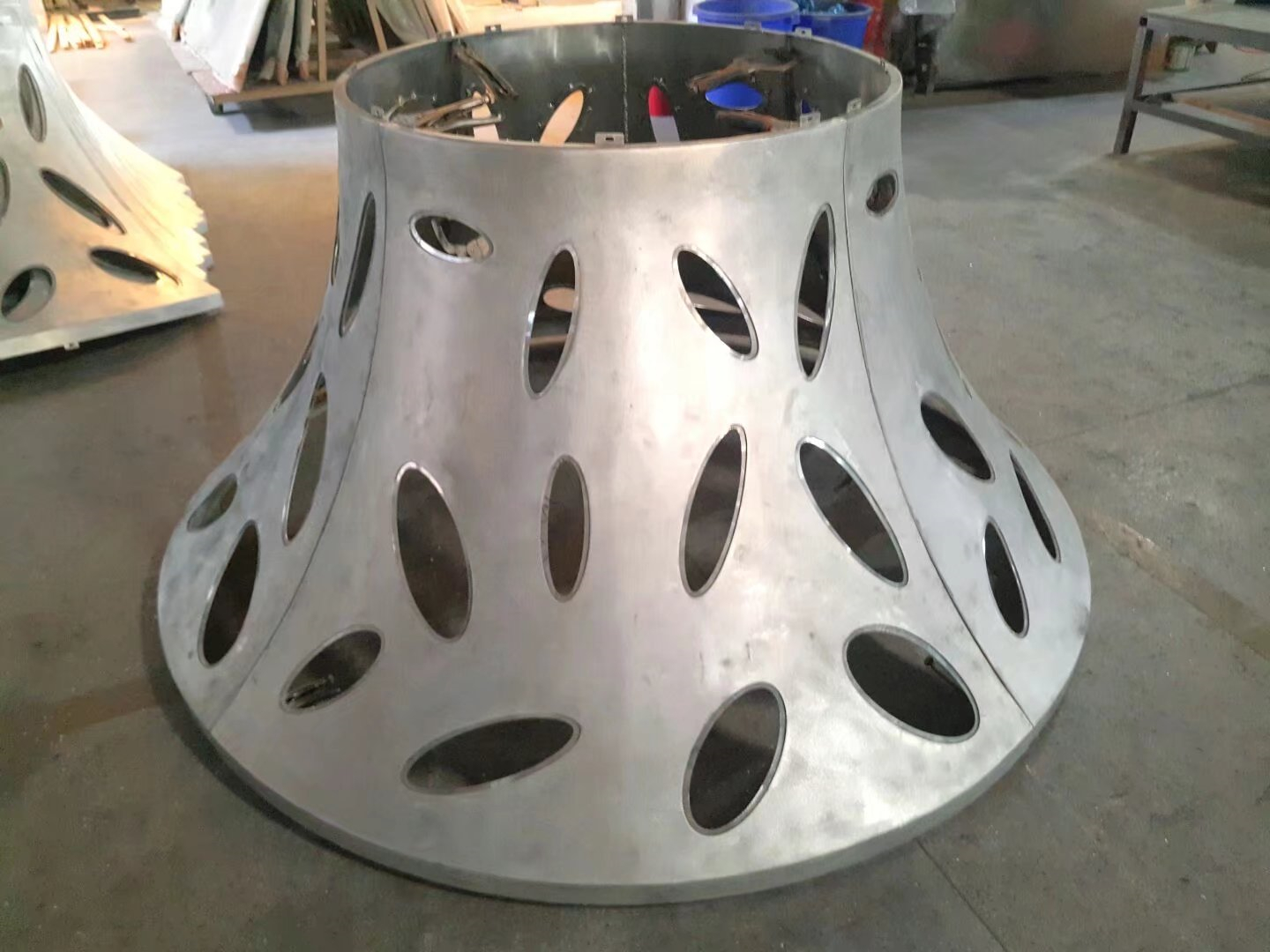
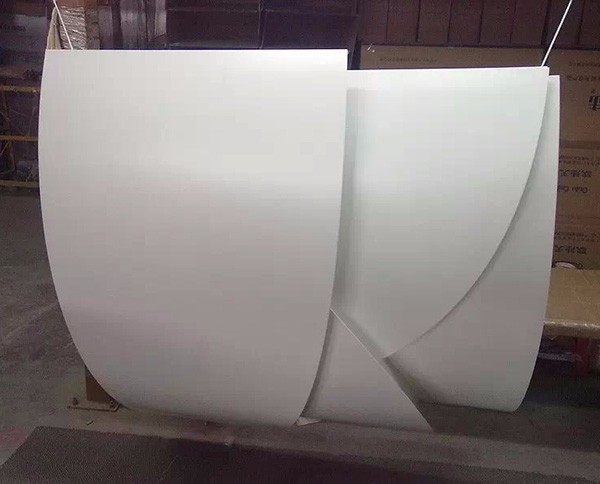
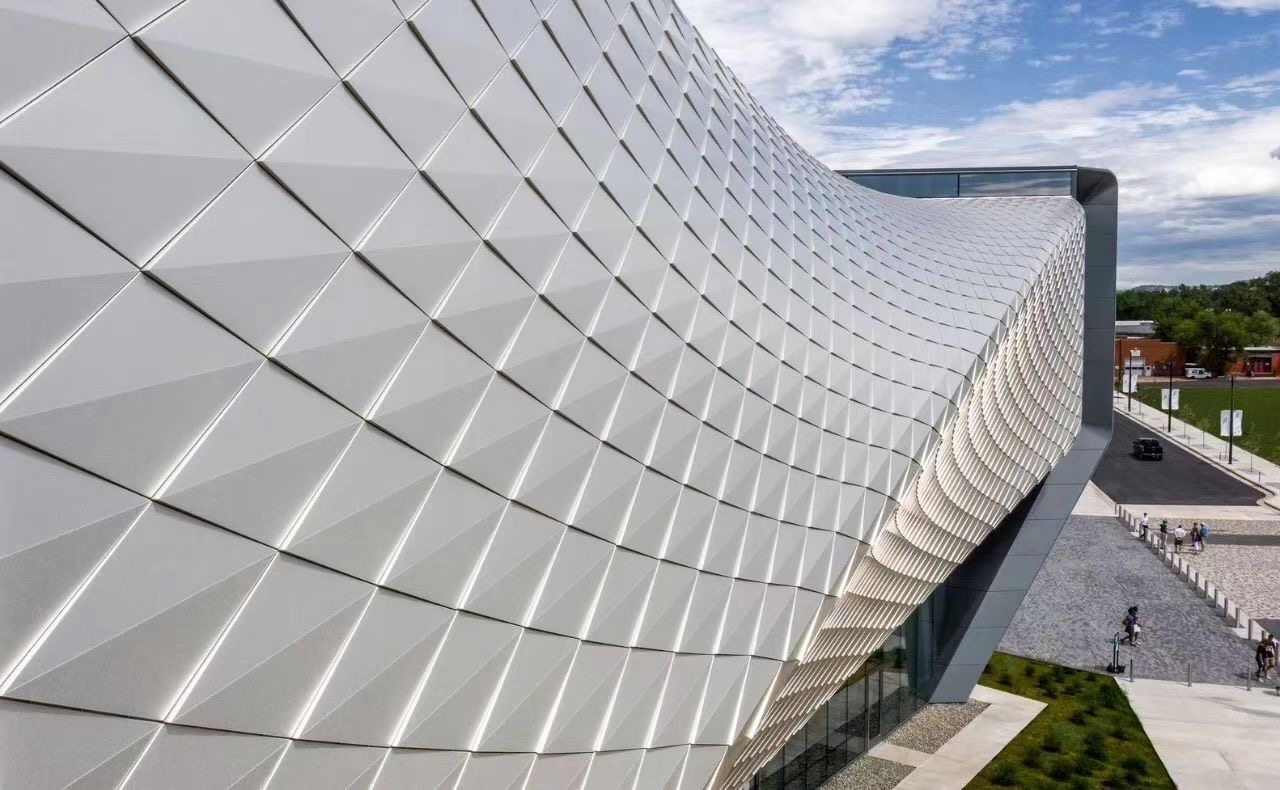
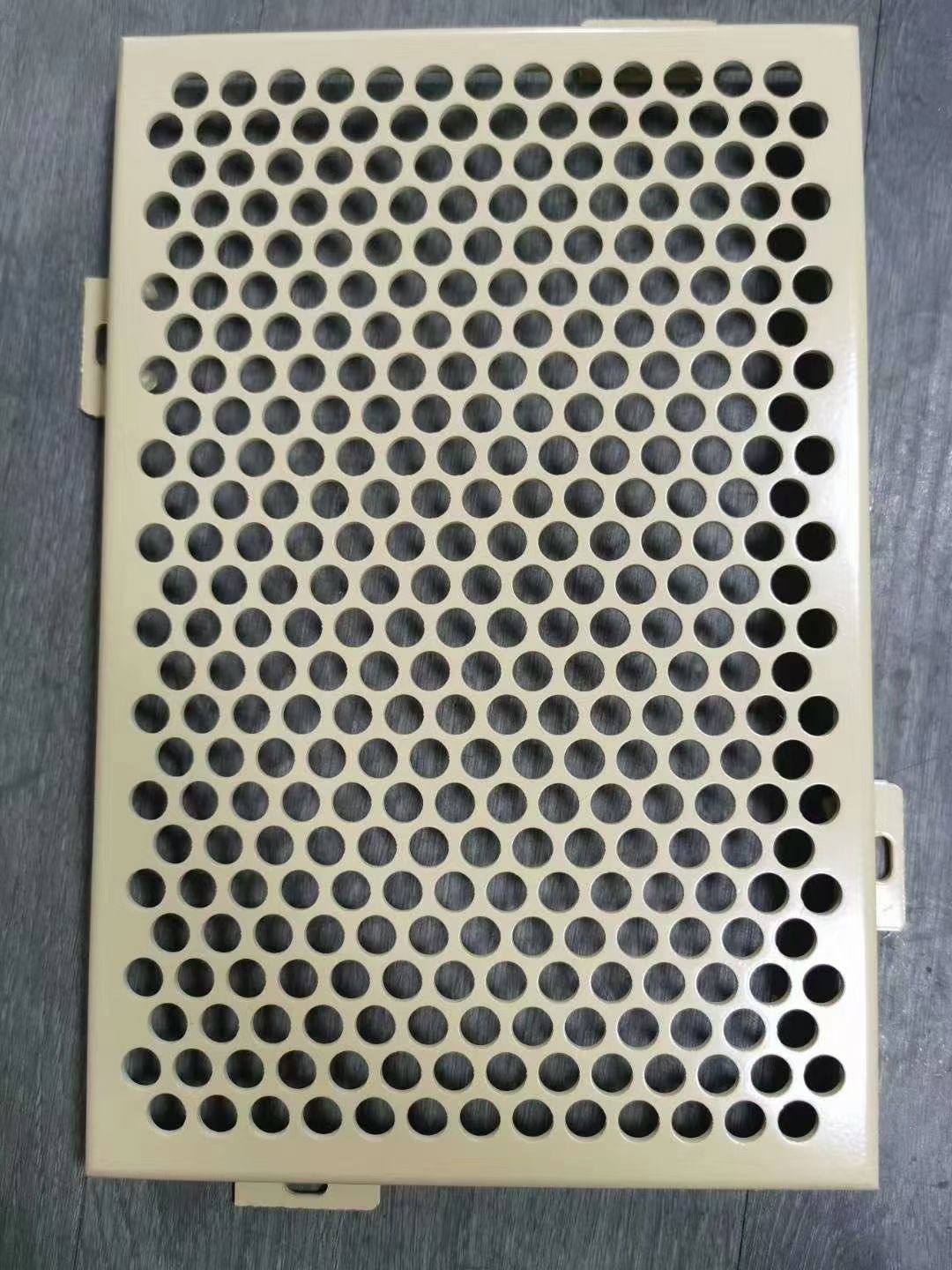
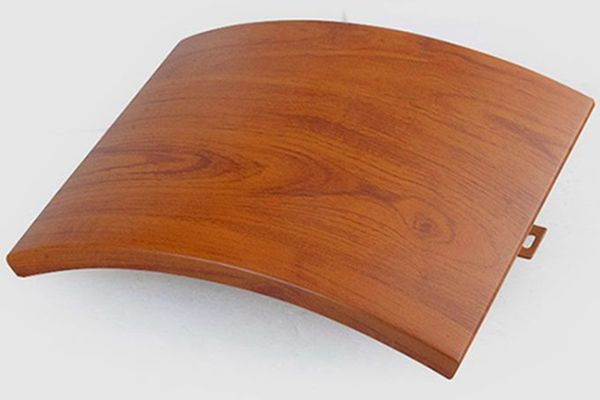
 Customer service QQ
Customer service QQ